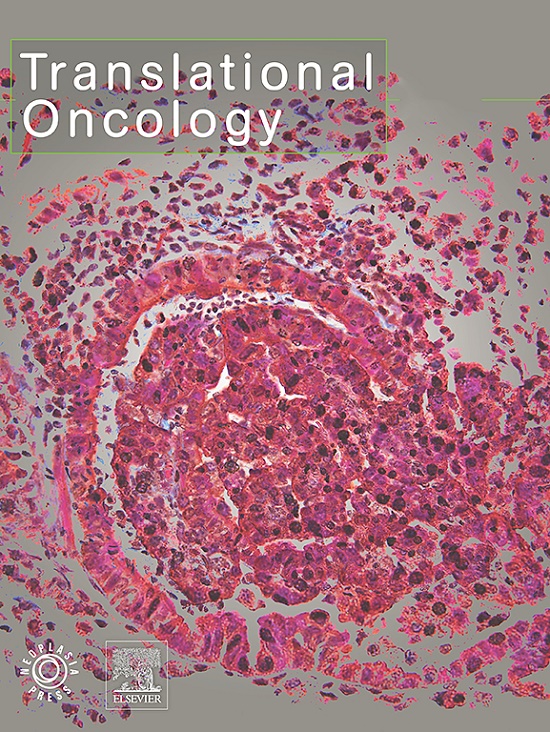非羧化骨钙素诱导的 miR-143-3p 在 TNBC 细胞中靶向 SP7 并激活 PI3K/Akt 信号,从而促进侵袭和迁移
IF 5
2区 医学
Q2 Medicine
引用次数: 0
摘要
本文章由计算机程序翻译,如有差异,请以英文原文为准。
Uncarboxylated osteocalcin induced miR-143-3p targets SP7 and activates PI3K/Akt signaling in TNBC cells to promote invasion and migration
Triple-negative breast cancer (TNBC) is an exceptionally aggressive malignancy with poor prognosis. Patients often have elevated mortality and recurrence rates, along with a pronounced risk of distant metastasis. Our earlier research highlighted the role of uncarboxylated osteocalcin (GluOC) in fueling TNBC cell proliferation and metastasis; however the molecular underpinnings of its impact on cancer invasion and migration remain enigmatic. In this study, we identified miR-143-3p as a significantly downregulated miRNA following GluOC treatment in TNBC cells. Notably, increased miR-143-3p has been linked to more favorable clinical outcomes in patients with TNBC. miR-143-3p expression has been shown to target and repress the expression of SP7. Furthermore, our findings indicate that GluOC modulates the miR-143-3p/PI3K/Akt signaling pathway, which in turn fosters the invasive and migratory capabilities of TNBC cells. In a xenograft animal model, we observed that the administration of GluOC led to a marked enhancement in tumor growth. Conversely, the delivery of miR-143-3p agomir was associated with a notable reduction in tumor growth. Notably, concurrent administration of miR-143-3p agomir and GluOC partially abrogated the tumorigenic effects induced by GluOC alone. Furthermore, GluOC downregulated the expression of miR-143-3p. Our study findings indicate that GluOC plays a role in the invasion and migration of TNBC cells by regulating the miR-143-3p/SP7 and miR-143-3p/PI3K/Akt axes. These insights suggest that GluOC and miR-143-3p are integral to the invasive and migratory processes of TNBC cells and may serve as promising targets for therapeutic interventions in TNBC.
求助全文
通过发布文献求助,成功后即可免费获取论文全文。
去求助
来源期刊

Translational Oncology
ONCOLOGY-
CiteScore
8.40
自引率
2.00%
发文量
314
审稿时长
54 days
期刊介绍:
Translational Oncology publishes the results of novel research investigations which bridge the laboratory and clinical settings including risk assessment, cellular and molecular characterization, prevention, detection, diagnosis and treatment of human cancers with the overall goal of improving the clinical care of oncology patients. Translational Oncology will publish laboratory studies of novel therapeutic interventions as well as clinical trials which evaluate new treatment paradigms for cancer. Peer reviewed manuscript types include Original Reports, Reviews and Editorials.
 求助内容:
求助内容: 应助结果提醒方式:
应助结果提醒方式:


